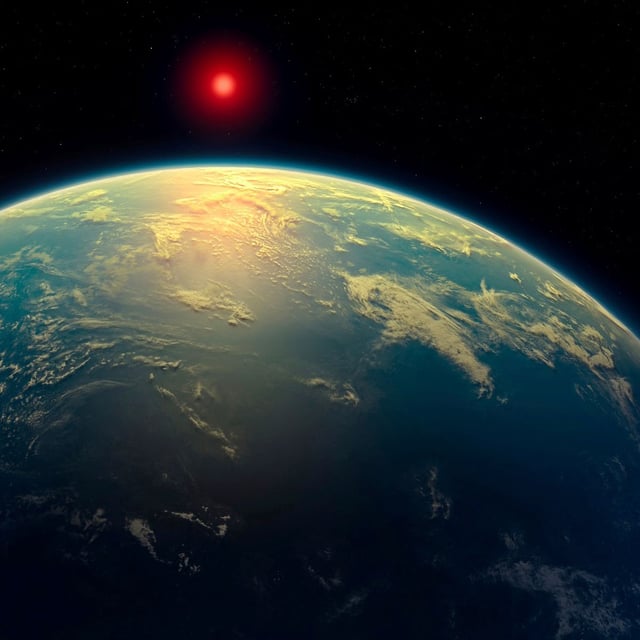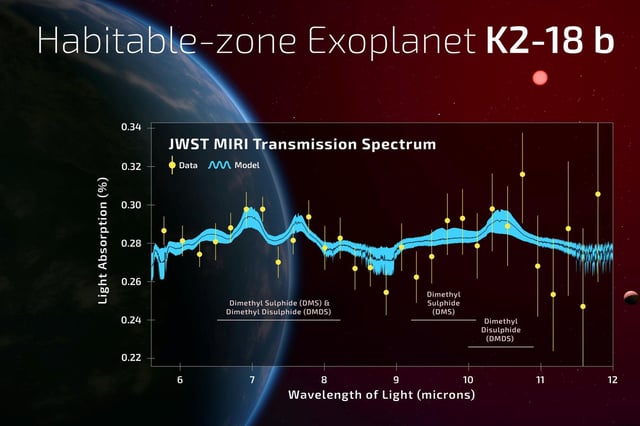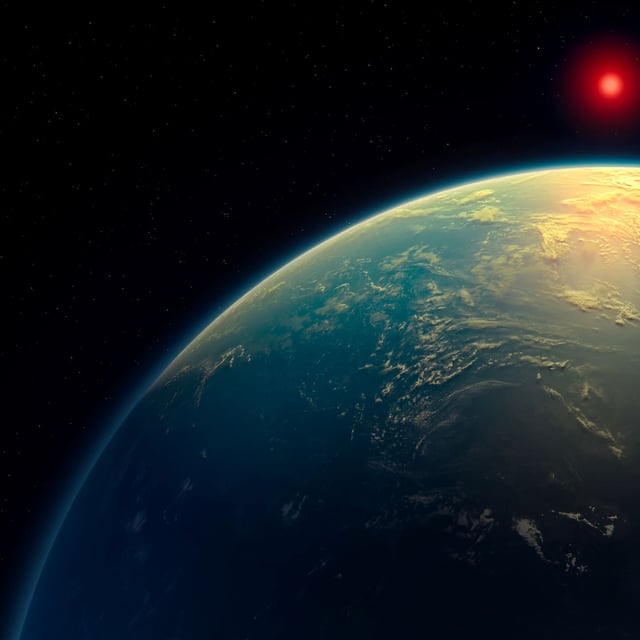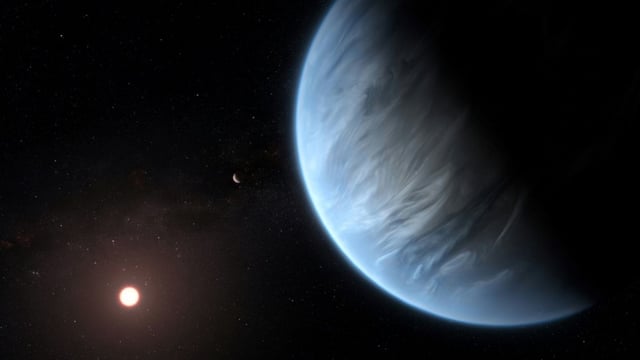Overview
- An international team has identified dimethyl sulfide (DMS) and dimethyl disulfide (DMDS) in K2-18b's atmosphere, compounds produced on Earth only by living organisms like phytoplankton.
- The findings represent the most compelling evidence to date for possible biological activity beyond the Solar System, though researchers stress the need for further data to confirm these results.
- The detection was made using the James Webb Space Telescope's mid-infrared capabilities, independently validating earlier near-infrared hints of DMS.
- K2-18b, a temperate super-Earth discovered in 2015, orbits in the habitable zone of a red dwarf star 124 light-years away and has previously shown water, methane, and carbon dioxide in its atmosphere.
- The peer-reviewed study, published in *The Astrophysical Journal Letters*, highlights the potential of transit spectroscopy as a tool for identifying biosignatures on distant worlds.



